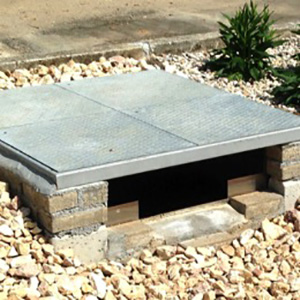Hydrologic performance assessment of nature-based solutions: a case study in North-eastern Italy

All claims expressed in this article are solely those of the authors and do not necessarily represent those of their affiliated organizations, or those of the publisher, the editors and the reviewers. Any product that may be evaluated in this article or claim that may be made by its manufacturer is not guaranteed or endorsed by the publisher.
Authors
The consequences of climate change are exacerbated by landuse changes, which influence rainfall-runoff relations and, consequently, flood risk. Effectively, urbanisation is steadily contributing to increasing impervious areas and reducing the time-to-peak. The effect of nature based solutions (NBSs) on mitigating these phenomena is recognised. Nevertheless, these kinds of sustainable infrastructures are still barely known and scarcely adopted in many parts of European Countries. The LIFE BEWARE project aims to enhance hydraulic safety and spread good practices in rainwater management by promoting and facilitating the adoption of NBSs in the Altovicentino area (Northern Vicenza Province, Veneto Region, Italy). To support the dissemination activities, some full-scale NBSs have been created within the municipality areas involved in the project. The hydrological impact of the structures is continuously monitored thanks to the installation of devices measuring inlet and outlet runoff and rainfall patterns. This study aims to analyse the monitoring data of the first two years of the built NBSs. Results show that the structures managed almost all the water runoff through processes of infiltration and retention, providing additional insights into understanding the real behaviour of NBSs exposed to the specific environmental conditions of a very rainy foothills area. In particular, mean rain intensity and rainfall duration are the variables that mostly affected the structure performance, especially for events prolonged over time (2-3 days) with mean rainfall intensity in the range of 2-3 mm/h. Therefore, the overall outcomes from this analysis were useful for improving the design of NBSs and further promoting their installation in urban areas.
How to Cite

This work is licensed under a Creative Commons Attribution-NonCommercial 4.0 International License.














